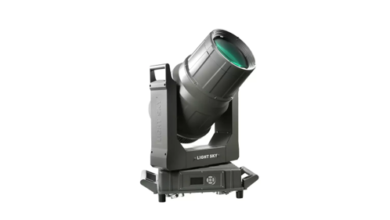New developments in chassis electrical systems

Introduction
The term ‘X-by-wire’ is used to represent any mechanical technology on the vehicle that is operated electrically. In some areas this has been used for many years. ‘Window lift-by-wire’ would be a good example. However, the term tends to be used now to represent systems that have not, traditionally, been electrically operated: brake-by-wire and steer-by-wire are two such areas. The industry is going through a development stage that will lead to some level of standardization in the deployment of X-by-wire systems. In particular, the areas of failure tolerance and communication protocols are developing. This section will examine the emerging technologies relating to gas-, steer- and brake-by-wire systems.
Gas-by-wire
The concept of gas-by-wire is already accepted and in use on many vehicles. This includes injection, EGR, electric supercharging and throttle-by-wire (sometimes referred to as ETC). Injectors have been electrically operated for many years, as has the actuator for the EGR system. In the throttle by-wire system, a sensor and an actuator replace the traditional cable. The sensor is, in most cases, a variable resistor with suitable spring pressure built in to maintain an appropriate feel. The actuator designs vary but a stepper motor is a common choice because of its degree of control.
Steer-by-wire
Currently all series production power steering systems maintain a mechanical connection between the vehicle’s front wheels and the steering wheel. If the assistance system, be it electric or hydraulic were to fail, the mechanical link still works as a back-up. Furthermore, current regulations require this mechanical connection to be in place.
However, the rigid mechanical connection is a major drawback as far as the system’s functional features are concerned. Issues such as noise, vibration and harshness (NVH) and crashworthiness are also drawbacks of the rigid system.
Clearly the development of a steer-by-wire system is determined by the reliability of the components used. Many current developments relate to ‘fault-tolerant system Architecture’. A failure rate of less than 10 7 fatal failures per hour of operating time is the aim. This cannot currently be achieved using single-channel electronic control units (ECUs).
To achieve an integrity value comparable with mechanical link systems, steer-by-wire must be able to tolerate single electrical or electronic faults in any of its sub-systems. It must also include a method of detecting these faults. This tolerance would therefore exclude the possibility of sudden fatal failure. Appropriate fault handling may involve a limit to vehicle speed, or in critical conditions would prevent the vehicle from being driven.
The force feedback to the steering wheel is often considered to be less safety-critical. However, for high speed passenger vehicle use the response time of the driver may be critical. For this reason the feedback actuator must also be part of the faulttolerant system. The overall architecture of a faulttolerant steer-by-wire system must include significant redundancy. In simple terms, almost all components are duplicated and must include a fault-tolerant power supply
In the above diagram, the force-feedback actuators are labelled HWA and the ‘steering rack’ actuators FAA. The steer-by-wire electronic control unit is labelled CECU and contains two ECUs. The labels M# and S# relate to motors and sensors respectively.
Last word
Bosch is pursuing the idea of a scalable product range based on ESP, i.e. a product range whose features and performance specifications can be expanded. In contrast to the existing technical concept for the electro-hydraulic brake, this new arrangement is based on a conventional braking system.




